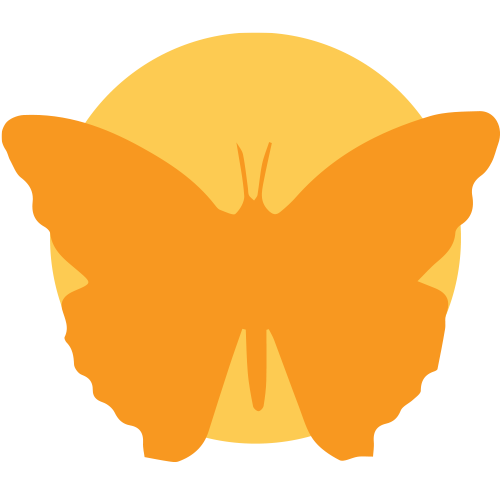

Investigate the common plants found in your Habitat Learning Lab.
Click on the plant’s name below to learn:
(Download the Quick Fact Sheets for the plant species in your Habitat Lab & include them in your Learning Station Maintenance Binders.)
These plant suggestions are based on the greatest benefit the plants provide for backyard wildlife. Many of these plant species provide food sources for many types of wildlife including butterflies, caterpillars, native bees, other pollinators, hummingbirds, and other songbirds. Learn more with our Plant Purpose Chart!
Learn why it is important to Plant Native Plants instead of non-native species whenever possible!
Leaf Description Chart & Flower Shapes Chart
Click on the charts to view them in a new, larger window. Click on the names of the charts (in orange) to download them.
| Leaf Description Chart | Flower Shape Chart |
Website Design and Digital Marketing by